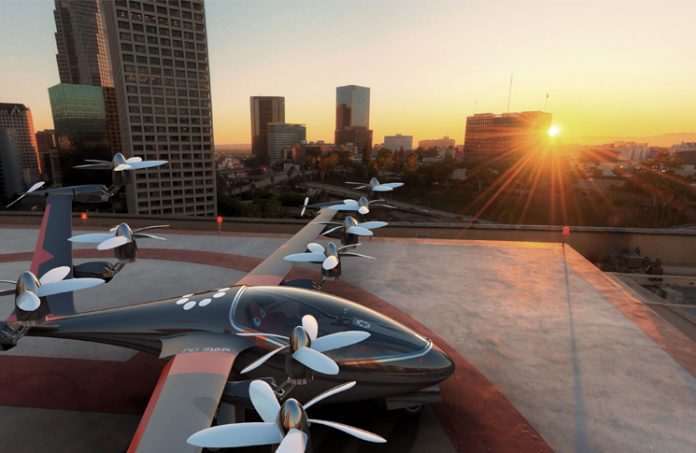For September–October 2017 Flight Safety Australia asks whether electric aircraft are a fad or the future of aviation. The Australian and international experts we spoke to agree electric propulsion in some form is definitely coming and will bring distinct safety challenges and benefits.
Any aircraft technology will need engineers to keep it airworthy. In Peeling the onion: the qualities of a chief engineer, contributor Roger Alder offers light-hearted but insightful analysis on the demands of a job that is, by definition, safety critical. Dirty secrets lifts the lid on so-called mudguard organisations. The metaphor applies to organisations that are superficially impressive, ‘shiny on top’, but less impressive beneath the surface. In Drift, shift and crash contributor Adrian Park looks at the subtle build up to a horrifying loss of control on an air cargo flight.
There’s also an important story for IFR pilots using CNS/ATM technology about the differences between a baro-VNAV approach and the more common LNAV+V. Understanding the differences and limitations could be the difference between landing and impacting the ground.
Thomas P. Turner makes a sobering case that hours and experience count for nothing against the insidious threat of complacency, a theme continued in general aviation pilot Kreisha Ballantyne’s story on how low-time pilots can put the most experience into every flying hour.
The edition also examines skill decay among cabin crew and highlights regulatory action against the minority of drone fliers who cause nuisance and danger to others.
The popular quiz and reader-submitted close calls round out a packed edition.
Don’t forget there are two ways to keep up-to-date with Flight Safety Australia’s coverage of all the latest aviation safety news and issues. Download the magazine tablet app from the App Store or from Google Play and enjoy the interactive bi-monthly magazine experience, complete with video and audio. Once you’ve downloaded the issue, you can read it offline at your leisure. And for daily aviation safety updates, as well as all the bi-monthly magazine articles, subscribe to the magazine’s news site: www.flightsafetyaustralia.com



I do believe the full definition of a “mudguard” organisation is “Shiny on top, shite underneath”. (Or something like that!)
These organisations are able to survive in a so-called “quality assurance” environment, where they self-certify that they have appropriate and compliant work systems in place and that they have paperwork to prove compliance. Too often the company’s QA system is purchased from someone else, sits on the shelf, is rarely read, and there is frantic form-filling prior to a quality system audit by an independent third party auditor.
The inherent problem is the ability to cut corners to save money, then “paper over” the issues during an audit.
The Quality Assurance concept, in my opinion, has no place in aviation. We often complain about being over-regulated by CASA, but regulation and oversight is what keeps our industry safe. (That is not to say that CASA shouldn’t review it’s procedures and documentation to remove obstructive rules that do not add value or safety to the industry.)
That paperwork shuffling you mention above goes on in every accredited industry, nothing new there, it’s the cost of doing business these days to appease a whole industry that does little else other than create feel good paperwork!!! It’s like HR dept’s another feel good industry that has more importance than the original task itself!
The vexing issue with electric vehicles is the danger of massive amounts of energy contained in a package that requires no external agents. Fuel, indeed fuel cells, need oxygen from a separate source. This separation provides a massive degree of safety compared to batteries. As one who has seen even small button sized lithium batteries “go off” with amazing force, the danger of having 60kg or more of what can be likened to TNT is a problem that will inhibit electric aircraft from gaining mainstream use, not to mention the current massive shortfall in energy density. Auxiliary propulsion systems are now being used in gliders for example but these are still in development and on the curve of acceptance.
A fuel cell would seem to be the ideal source for an electric aircraft but not much has happened in this sphere for many years. The semiconductor technology needed is highly mature.
I wrote my first thesis on electric cars back in 1966,
Rob Brown (Electrical/Electronic Engineer).
How can I access Flight safety on my PC. I don’t use a tablet